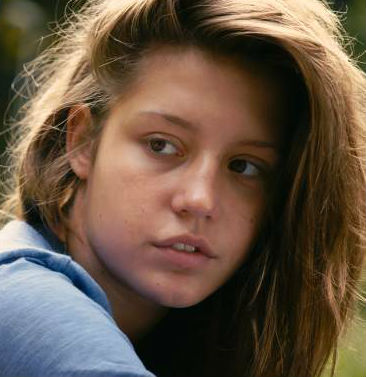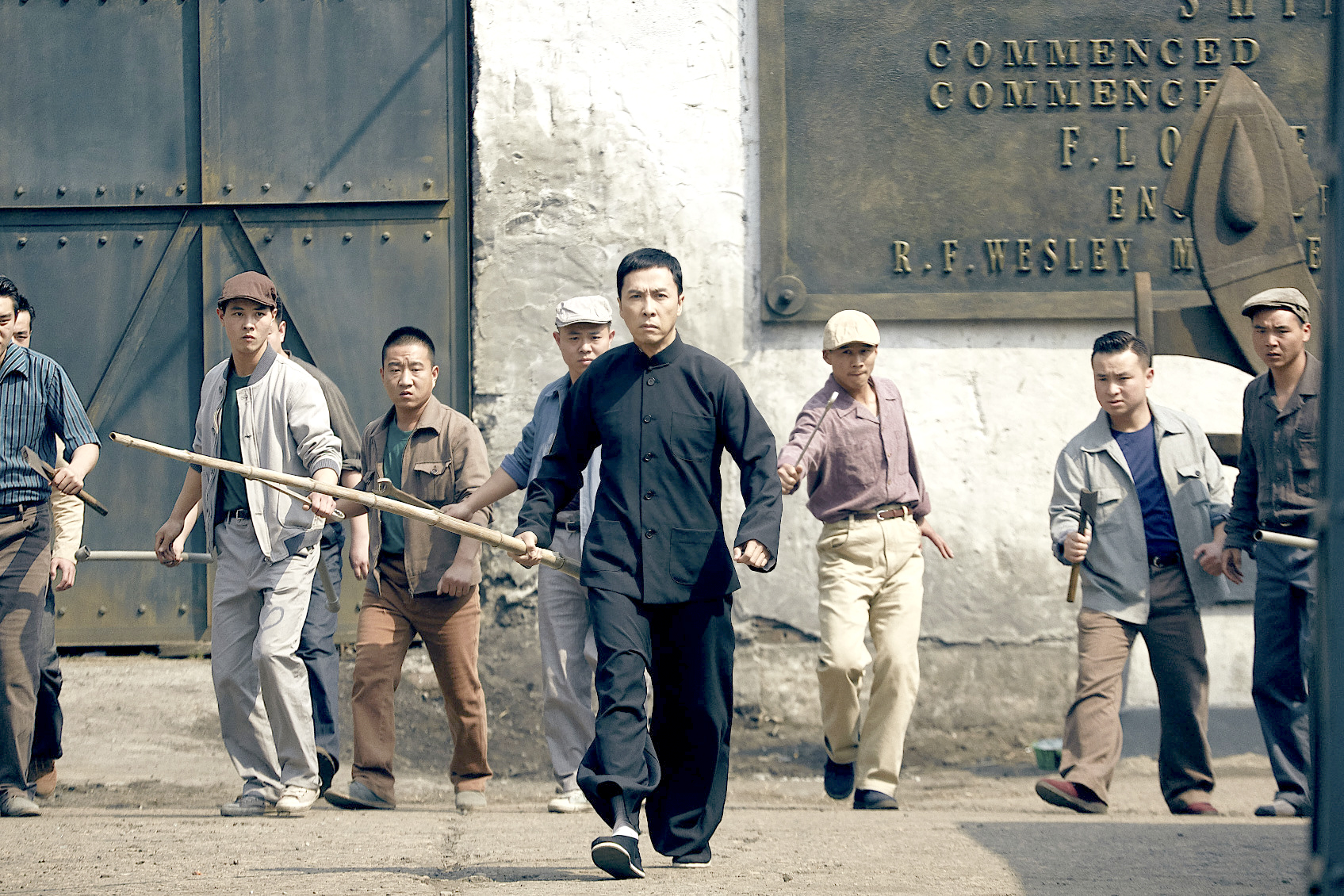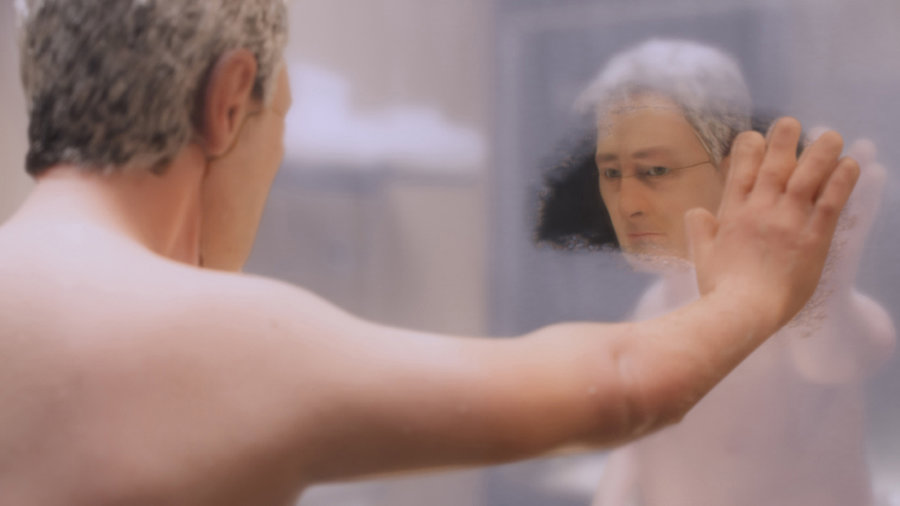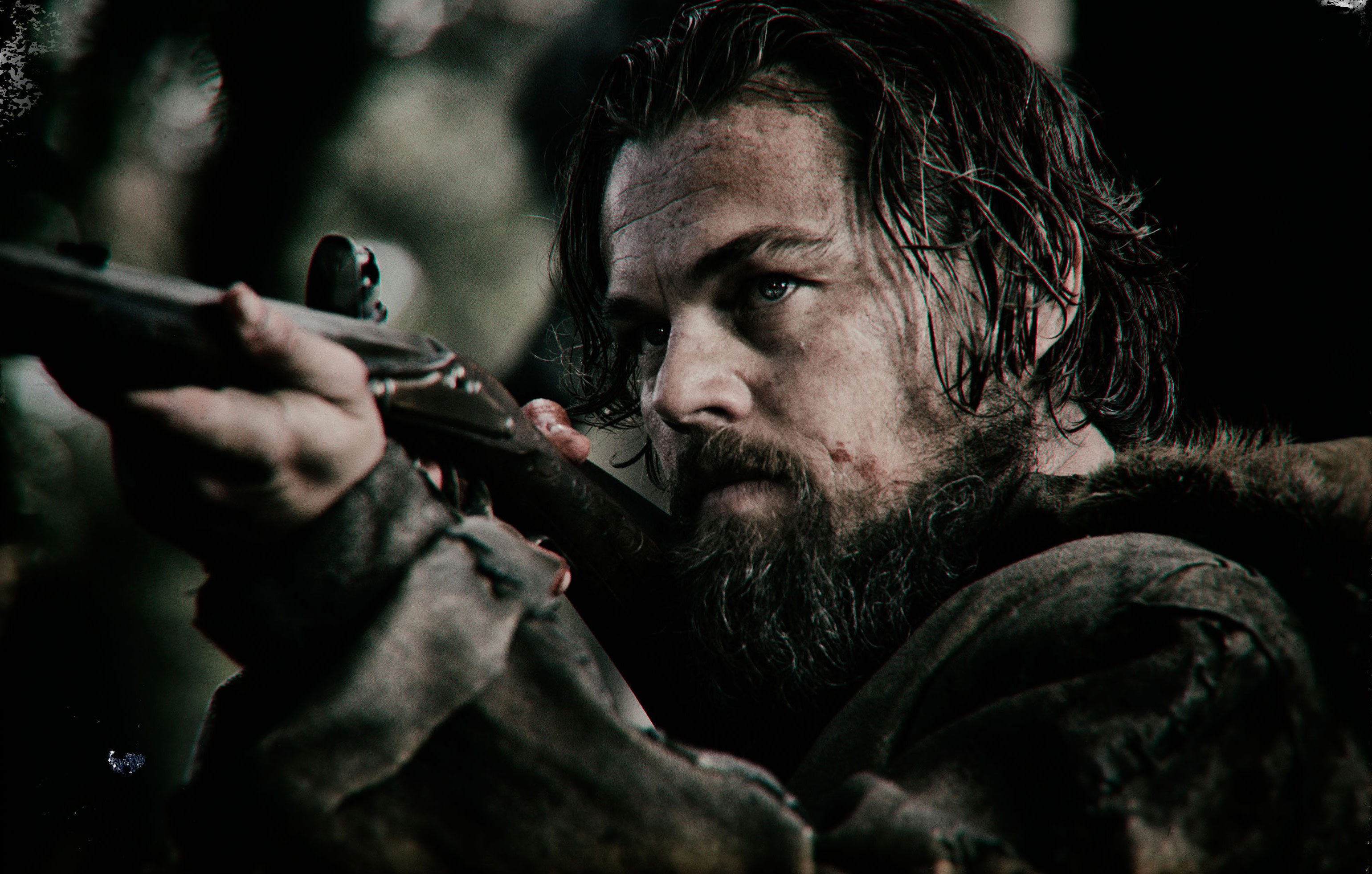Blue Is the Warmest Color
Opens Fri., Nov. 22 at Harvard Exit and Sundance. Rated NC-17. 179 minutes.
Blue Is the Warmest Color is, on one hand, a three-hour lesbian love story about two Frenchwomen of different classes, partially set in the art world, with a certain amount of NC-17-rated sex. Alternate summary: This is a love story.
I prefer the latter description. Abdellatif Kechiche’s film, which won the top prize at Cannes earlier this year, is rooted in the specifics of its situation, but is universal in ways that make it belong to everybody.
Our main character is Adele, played by the splendid Adele Exarchopoulos. She begins as a high-school student and grows up during a half-dozen years, mostly involving her relationship with Emma (Lea Seydoux). Emma is a dashing figure, artsy and experienced, with upper-class parents and intellectual friends. It’s a lot to handle for Adele, who comes from humbler origins and really just wants to teach grade-school kids. As the bedroom scenes suggest, there is a strong physical connection here, but the movie is about much more than that—why any given love affair might thrive and/or founder.
None of which really indicates Blue’s gorgeous, inquisitive flow. We need those three hours to live in Adele’s world and know its contours. (Kechiche’s previous high point, The Secret of the Grain, similarly encouraged our immersion in a time and place.) Blue’s length also allows the sex scenes to take their proper role in Adele’s world: Their duration shows us how much they matter, but they don’t actually take up that much time when folded into the larger dish. And why shouldn’t a movie about a relationship include a healthy amount of sex? The rightness of the lovemaking here reminds us how many love stories are lying by not including the heavy-breathing nitty-gritty.
Blue has caught some flak since Cannes for its 52-year-old male director’s presumption to make a film about women in love. If I weren’t bored to tears by the triviality of this issue, I might point out that the movie itself (based on a recent graphic novel by Julie Maroh and on Pierre de Marivaux’s 18th-century novel La vie de Marianne) repeatedly raises the question of how difficult it is to understand another person—including a long dinner-party scene in which some pompous males spout off about the essence of womankind. Emma herself is an artist trying to capture Adele as her subject, rendering her in a series of canvases that her inexperienced model doesn’t entirely understand. “It’s me and it isn’t me,” says a puzzled Adele when she sees herself as a painting. She doesn’t know who she is yet, but her exit from the film’s strong final sequence suggests she is ready to slip the frames others have put around her—including the movie itself.
film@seattleweekly.com







